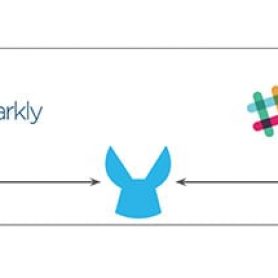Latest posts
Why designing an intentional API consumer experience starts with the users
A close friend and mentor of mine (Patrick Quattlebaum of Harmonic Design) once said “All systems have a design. The question is ‘is the... read more.
MUnit for Java Programmers: Test execution
Unit tests are executed at different stages during the development life cycle. As mentioned in the first blog post of this series, MUnit for... read more.
MUnit for Java Programmers: Test doubles
What are test doubles? A test double is a term used to describe replacing a dependent component of the functionality that is being tested... read more.
MUnit for Java Programmers: Test fixtures
Test fixtures, also known as a test context, sets up the conditions for a test to run. These test conditions will be a known... read more.
MUnit for Java Programmers: Test Assertions
At the heart of unit tests are assertions which provide a mechanism for comparing expected outcomes with actual outcomes. JUnit provides a large selection... read more.
How to share connections in Flow Designer
MuleSoft allows you to connect anything, from SaaS applications to social media. With Flow Designer, the burden of app configuration has been streamlined as it... read more.
An introduction to MUnit for Java programmers
Unit tests are an integral part of the software development lifecycle. However, for most it is a task that must be endured and compounded... read more.
Why is everyone so emotional about GraphQL?
GraphQL offers a new style of API design intended to provide API consumers with unified access to back-end data and services. In spite of... read more.
Designing for change with APIs: User provisioning automation at MuleSoft
Onboarding new employees in an organization has become a major headache for IT teams in every industry. With the advent of cheap cloud applications and... read more.
HowTo: Using flow designer to check feature flags and user profiles – Part 3
This blog is the third part in a four-part series on how to use a Slack bot to extract LaunchDarkly data. If you haven’t... read more.



















